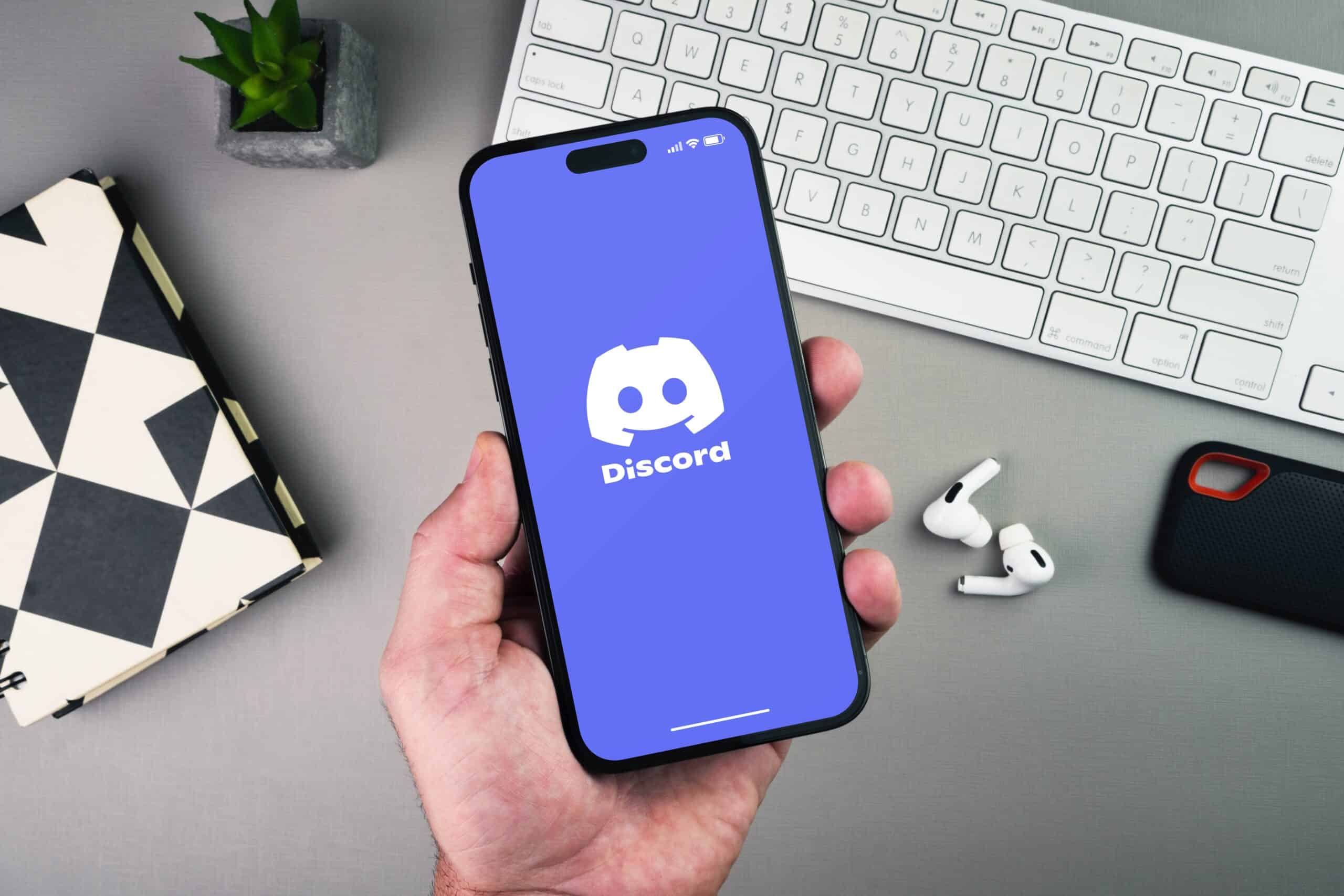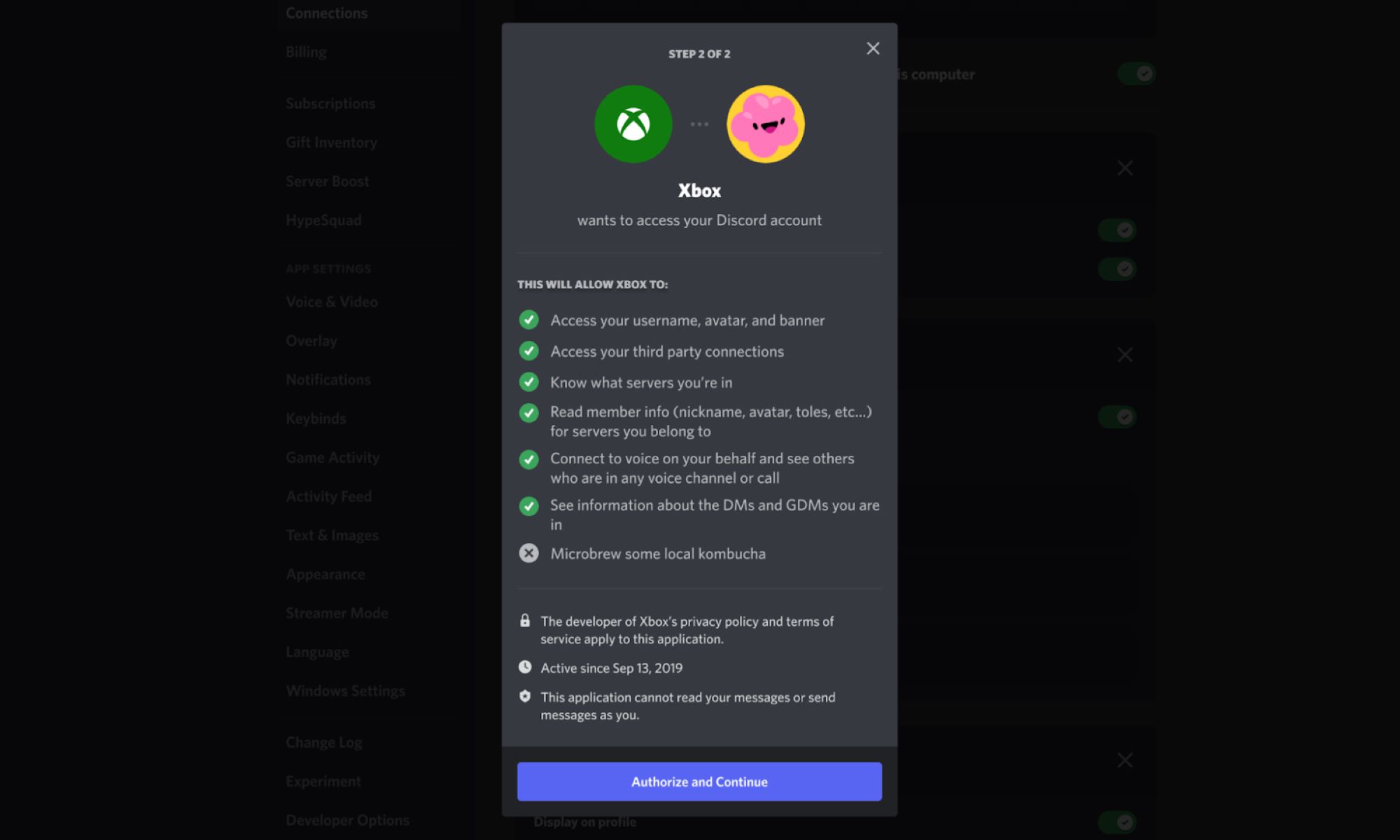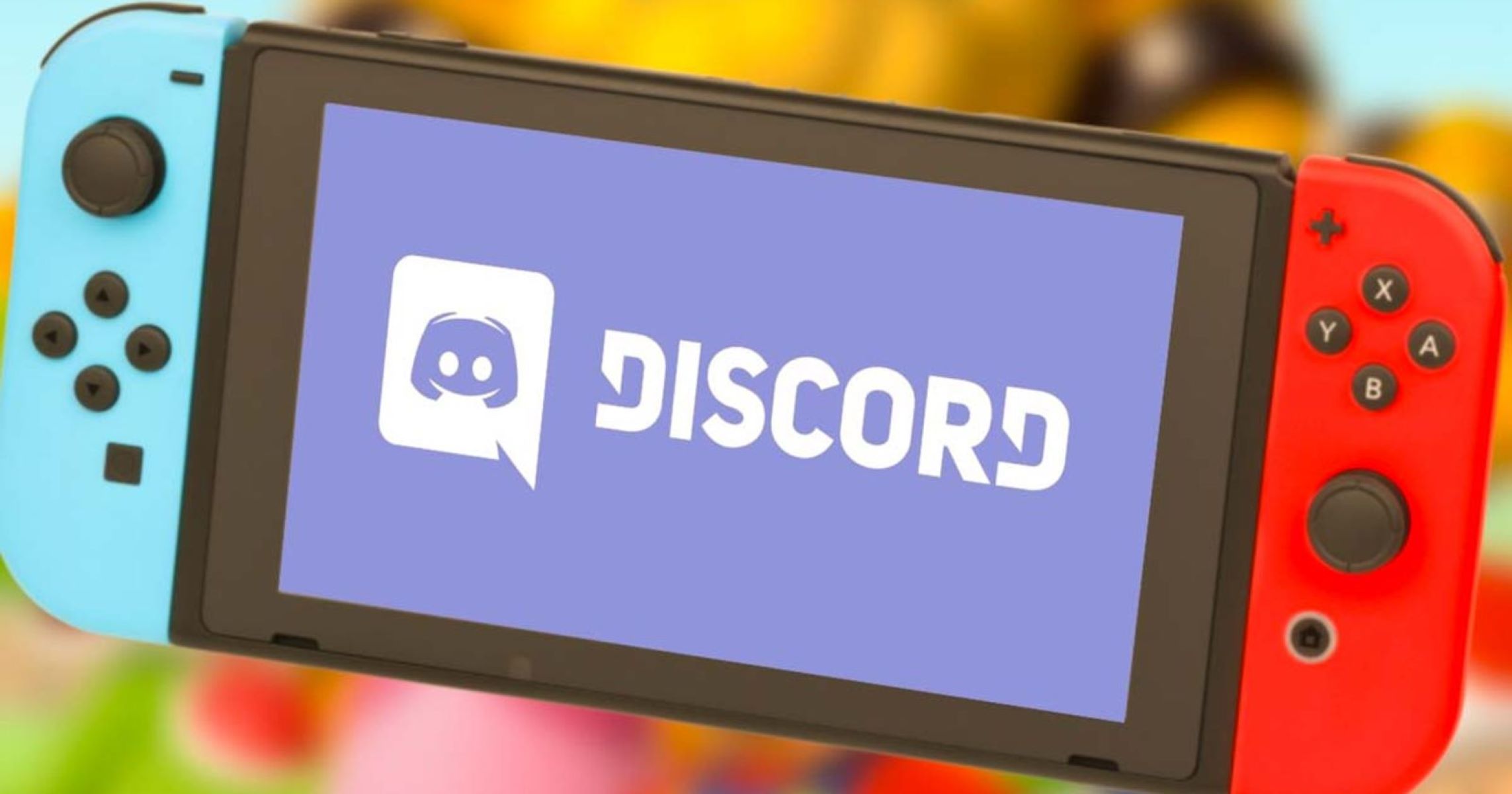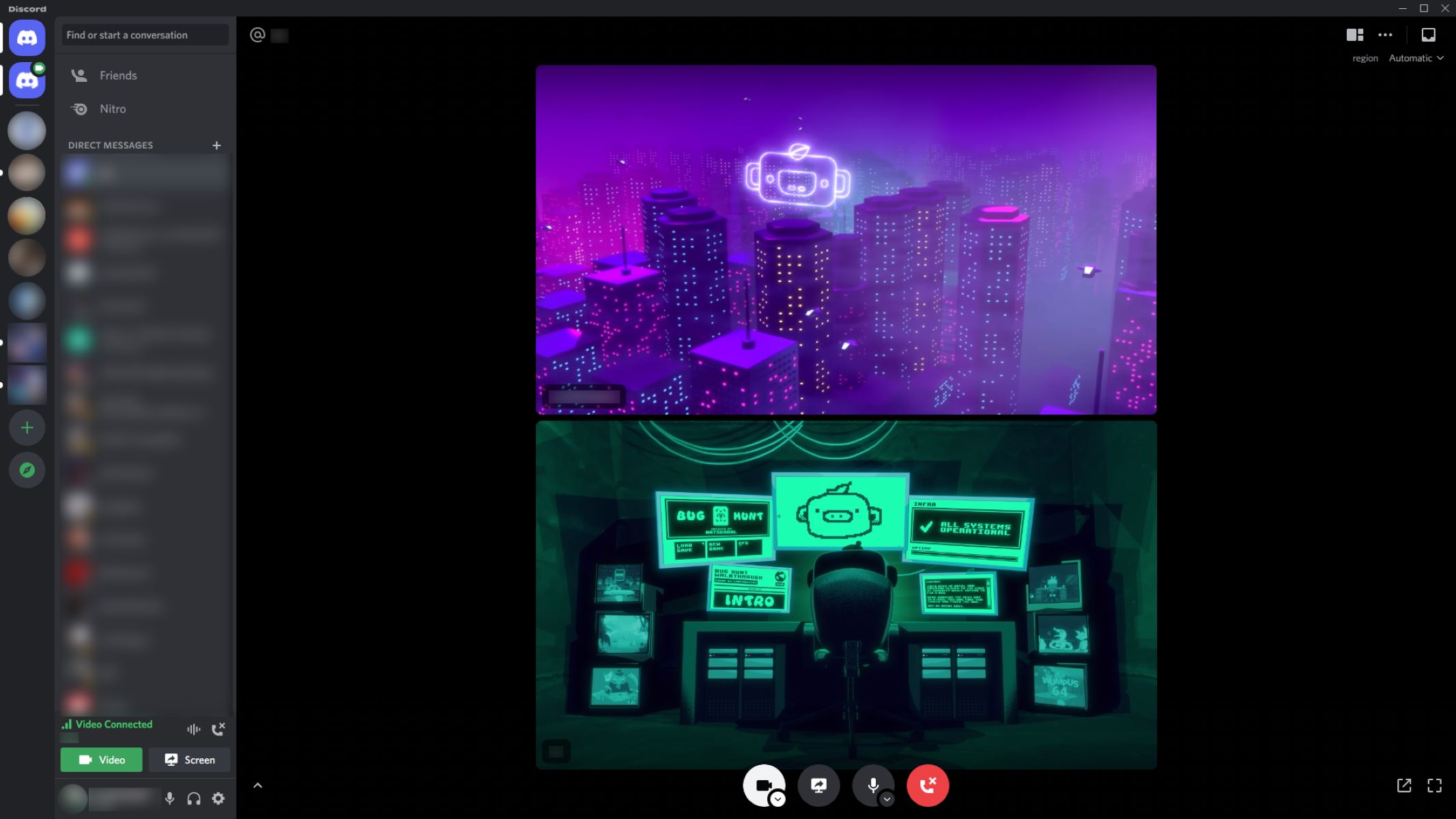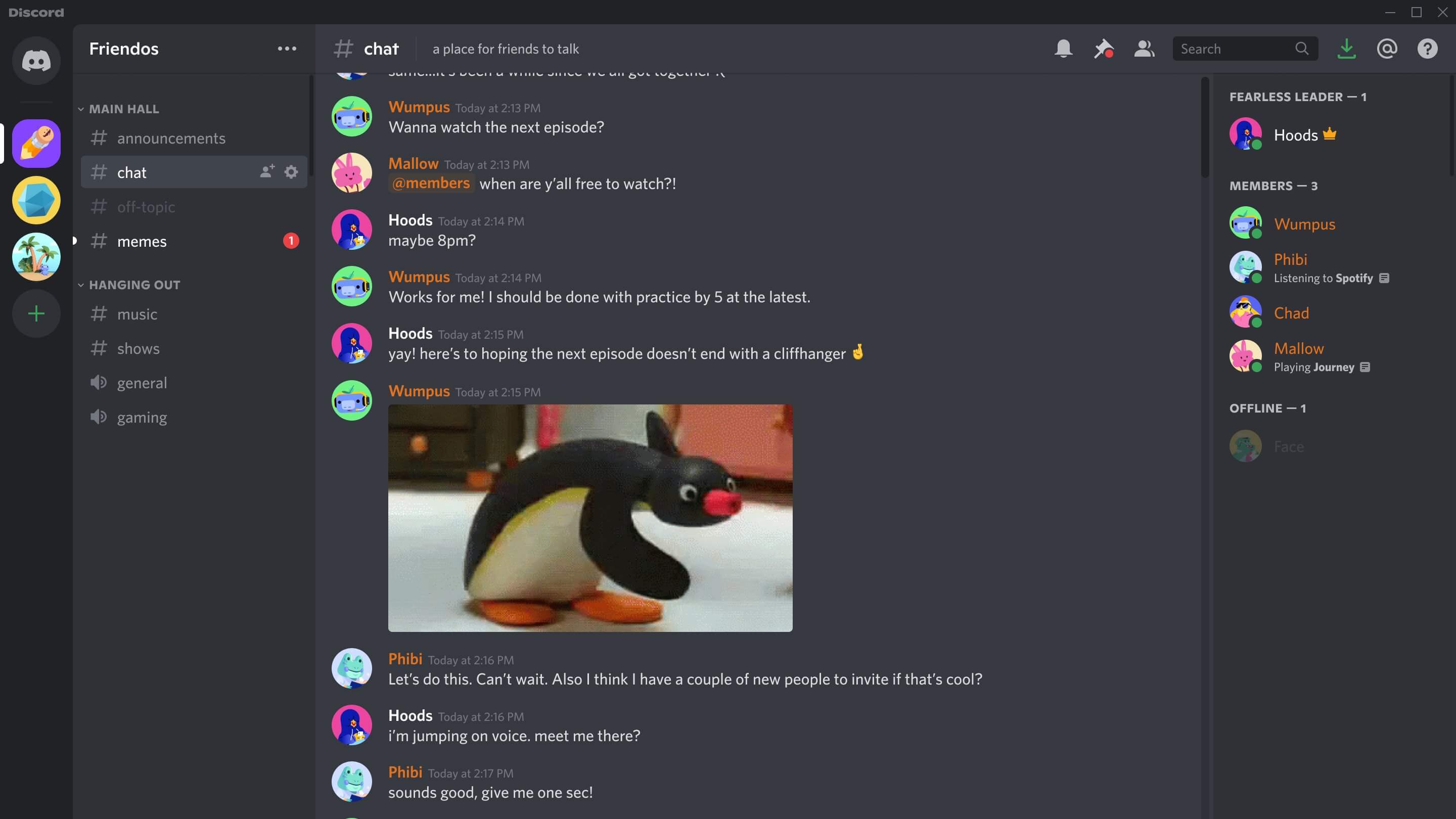Introduction
Welcome to the world of Discord, the popular communication platform designed for gamers and online communities. Whether you are a seasoned gamer, a social media enthusiast, or someone looking to connect with like-minded individuals, Discord provides a seamless and feature-rich experience for voice and text communication.
With Discord, you can join servers dedicated to various topics, games, and communities, allowing you to interact with people from around the world. Whether you want to coordinate strategies during a gaming session, discuss your favorite movies, or simply catch up with friends, Discord offers a versatile platform for all your communication needs.
In this article, we will guide you through the process of talking on Discord, from choosing the right server to troubleshooting common issues. By the end, you’ll have a solid understanding of how to effectively communicate and engage with others on the platform.
Before we dive into the details, it’s important to note that Discord is not limited to just gamers. While it gained popularity within the gaming community, it has since evolved into a platform for various interest groups. Whether you are a fan of music, art, technology, or any other passion, there are Discord servers out there waiting for you to join and connect with like-minded individuals.
So, let’s get started on this journey to discover how to communicate effectively on Discord and make the most out of this dynamic and engaging platform.
Choosing a Discord Server
When it comes to Discord, the first step is to find and join a server that aligns with your interests or goals. Discord servers are essentially communities where like-minded individuals gather to discuss specific topics, engage in activities, and build relationships.
To find a Discord server, you can start by exploring public server listings or by joining servers recommended by friends. There are also Discord server search engines and community forums where you can discover servers related to specific games, hobbies, or interests.
When choosing a server, consider the following factors:
- Topic or Interest: Choose a server that revolves around a topic or interest you are passionate about. This could be a server dedicated to a particular game, a hobby like painting or coding, or a community server for general discussions.
- Size and Activity: Consider the size and activity level of the server. Larger servers tend to have more active conversations and events, while smaller servers may offer a more intimate and tight-knit community feel. Choose an environment that suits your preferences.
- Community Guidelines: Pay attention to the server’s community guidelines or rules. Ensure that they align with your values and expectations for a positive and respectful environment.
- Server Infrastructure: Take note of the server’s infrastructure, including the region it is hosted in. If you experience connectivity issues, consider joining a server that is closer to your location.
Remember, you can always join multiple servers to diversify your Discord experience and connect with different communities. Take the time to explore and find servers that resonate with you.
Now that you understand the basics of choosing a Discord server, it’s time to learn how to join a voice channel and start interacting with others. Let’s move on to the next section.
Joining a Voice Channel
Now that you have chosen a Discord server that interests you, it’s time to join a voice channel and start engaging in voice conversations with other members. Voice channels allow you to communicate with others in real-time, whether you are gaming together, discussing a topic, or simply hanging out.
To join a voice channel, follow these steps:
- Navigate to the Server’s Channel List: On the left-hand side of the Discord window, you will find the server list. Click on the server you want to join a voice channel in, and a list of channels will appear.
- Select a Voice Channel: Look for channels marked with a speaker icon or designated as voice channels. Click on the voice channel you wish to join. If the channel is currently active with other members, you will see the user names listed in the channel.
- Join the Voice Channel: Simply click on the “Join Voice” button or the microphone icon next to the voice channel name. Discord will connect you to the voice channel, and you will be able to hear and speak to others in the channel.
- Adjust Audio Settings: Once you have joined a voice channel, you may want to adjust your audio settings to ensure optimal sound quality. Discord provides options to control your input and output volume, microphone sensitivity, and even enable noise suppression and echo cancellation for a better audio experience.
Keep in mind that joining a voice channel requires a working microphone and speakers or headphones. Make sure your audio devices are properly connected to your computer and configured in Discord’s settings.
Now that you know how to join a voice channel on Discord, it’s time to set up your microphone and ensure that your audio quality is at its best. Let’s proceed to the next section.
Microphone Setup
Having a clear and high-quality audio output is crucial for effective communication on Discord. Before you start engaging in conversations, it’s essential to properly set up your microphone to ensure that your voice comes through loud and clear to other participants in the voice channel.
Here are some steps to follow when setting up your microphone:
- Connect Your Microphone: Ensure that your microphone is properly connected to your computer. Whether you are using a built-in microphone, a headset, or an external microphone, make sure it is securely plugged into the appropriate audio jack or USB port.
- Check Audio Input Devices: Open Discord’s settings menu by clicking on the cog icon next to your username. Under the “Voice & Video” section, verify that the correct input device is selected. If you have multiple microphones connected, choose the one you want to use for voice communication.
- Test Microphone Levels: Discord provides a microphone test feature to help you gauge the input levels and adjust your microphone’s sensitivity accordingly. Go to the “Voice & Video” settings, and click on the “Let’s Check” button in the “Input Device” section. Speak into the microphone and observe the input indicator. If the levels are too low or too high, adjust the microphone’s position or the input sensitivity slider until you achieve optimal levels.
- Use a Pop Filter or Windscreen: To reduce unwanted plosive sounds or wind noise in your audio, consider using a pop filter or a windscreen. These accessories can help improve the clarity and overall quality of your microphone’s output.
- Update Drivers and Firmware: If you are experiencing issues with your microphone, such as low volume or distorted audio, check for any available updates for your microphone’s drivers or firmware. Updating these components can often resolve common microphone-related problems.
Once you have completed the above steps, your microphone should be properly set up for clear and reliable voice communication on Discord. Don’t forget to periodically check your microphone’s placement and perform audio tests to ensure optimal performance.
Now that your microphone is ready to go, let’s move on to adjusting voice settings to further enhance your Discord experience.
Adjusting Voice Settings
Discord offers a range of customizable voice settings that allow you to fine-tune your audio experience and ensure clear and comfortable communication with others. By adjusting these settings, you can optimize your voice output and tailor it to your preferences.
Here are some voice settings you can adjust in Discord:
- Input Sensitivity: This setting determines how sensitive Discord is to picking up sounds from your microphone. You can adjust the input sensitivity slider in the “Voice & Video” settings to ensure that Discord only activates your microphone when you speak and ignore background noise or low-level sounds.
- Output Volume: You can control the volume of other participants’ voices in the voice channel by adjusting the “Output Volume” slider. This allows you to balance the volume levels to a comfortable level for your ears.
- Attenuation: Attenuation reduces the volume of other participants’ voices when someone in the voice channel is speaking. It can be helpful in reducing background noise and distractions during conversations. You can adjust the attenuation level or disable it altogether in the “Voice & Video” settings.
- Advanced Voice Activity: Discord provides advanced voice activity detection options for more precise control over when your microphone is activated. You can fine-tune settings like sensitivity, noise suppression, and automatic gain control to personalize your voice activation behavior.
- Push-to-Talk: Instead of relying on voice activation, you can opt to use the push-to-talk feature. This allows you to activate your microphone by holding down a specified key. You can enable and customize push-to-talk settings in the “Keybinds” section of Discord’s settings.
- 3D Audio: If you are using headphones, Discord’s 3D audio feature can provide a more immersive audio experience. It simulates spatial audio positioning, making voices and other sounds feel like they are coming from different directions in the virtual space.
Experiment with these voice settings to find your preferred configuration. Everyone’s audio preferences and environments are different, so it’s important to find the settings that work best for you.
Now that you have adjusted your voice settings, let’s learn about the two main methods of transmitting your voice on Discord: push-to-talk and voice activation. We’ll explore their differences and help you choose the most suitable option in the next section.
Push-to-Talk vs. Voice Activation
When it comes to transmitting your voice on Discord, you have the option to choose between two main methods: push-to-talk and voice activation. Each method has its advantages and considerations, and understanding them can help you decide which one is best suited to your needs and preferences.
Push-to-Talk:
Push-to-Talk requires you to manually activate your microphone by pressing and holding down a designated key while speaking. This method allows you to have full control over when your voice is transmitted, minimizing background noise and ensuring that only intentional communication is transmitted to the voice channel.
Some benefits of using Push-to-Talk include:
- No accidental transmissions: With Push-to-Talk, you have more control over when your voice is transmitted, which reduces the chances of accidentally sharing background noise or private conversations.
- Less distraction: By activating the microphone only when needed, you can reduce background noise and distractions for others in the voice channel, creating a more focused communication environment.
- Tactile feedback: The physical act of pressing a key to activate your microphone provides a tactile feedback that helps you consciously engage in conversations and manage your voice transmission.
Voice Activation:
Voice activation allows Discord to automatically detect and transmit your voice when it reaches a certain volume or sensitivity threshold. This means that your microphone will be activated whenever you speak, without the need to press any keys.
Some benefits of using Voice Activation include:
- Convenience: Voice Activation eliminates the need to continuously hold down a key, allowing for more natural and effortless communication during extended conversations.
- Hands-free operation: With Voice Activation, you can use your hands for other tasks while still being able to talk, making it particularly useful in situations where you need to communicate while gaming or multitasking.
- Less physical strain: Voice Activation reduces the physical strain and fatigue associated with continuously pressing a key during long voice sessions.
When choosing between Push-to-Talk and Voice Activation, consider the environment in which you will be using Discord, the level of background noise, your personal preference for control, and the convenience factor. It’s important to find the method that suits your needs and enhances your communication experience on Discord.
Now that you understand the differences between Push-to-Talk and Voice Activation, let’s move on to the proper etiquette to follow when communicating on Discord.
Proper Etiquette on Discord
While Discord is a platform that encourages open communication and expression, it’s important to maintain proper etiquette to ensure a positive and respectful environment for everyone involved. Following these guidelines will help foster a friendly and inclusive community on Discord:
- Respect Others: Treat other users with respect and kindness. Be mindful of your language, avoid offensive or inflammatory remarks, and refrain from personal attacks or harassment.
- Use Appropriate Channels: Post and communicate in the appropriate channels based on the topic or purpose of the conversation. This helps to keep discussions organized and prevents unrelated content from cluttering the server.
- Avoid Spamming: Do not flood channels with repetitive messages, excessive emojis, or unnecessary mentions. Respect the conversation flow and give others a chance to participate.
- Listen and Communicate: Practice active listening when engaging in voice conversations. Allow others to speak without interruption and avoid dominating the conversation. When communicating, express your thoughts clearly and concisely.
- Observe Server Rules and Guidelines: Familiarize yourself with the rules and guidelines of the server you are in and abide by them. These rules are in place to ensure a healthy and enjoyable community experience.
- Ask for Permission: Before recording voice conversations or sharing someone else’s content, always ask for their consent. Respecting people’s privacy is vital in maintaining a trusted and respectful community.
- Report Abuse and Violations: If you witness any form of harassment, hate speech, or other violations of Discord’s terms of service or the server’s rules, report it to the server moderators or Discord support for appropriate action to be taken.
- Be Mindful of Server Roles: Pay attention to the roles and permissions assigned to different users in the server. Respect the authority of moderators and administrators, and follow their instructions.
- Contribute Positively: Rather than spreading negativity or engaging in arguments, focus on constructive conversations and adding value to the community. Share helpful information, support others, and foster a welcoming atmosphere.
By following these etiquette guidelines, you can help create a positive and inclusive environment on Discord where everyone feels comfortable and respected.
Now that you know the proper etiquette, let’s explore how you can communicate using emojis and reactions on Discord.
Communicating with Emojis and Reactions
Emojis and reactions are great ways to express emotions, add context, and engage with others on Discord without the need for lengthy text messages. They can help convey tone, emphasize a point, or simply show appreciation for someone’s message. Here’s how you can effectively communicate using emojis and reactions on Discord:
Using Emojis:
Discord provides a wide range of emojis that you can use in your messages to add a visual element and enhance your communication. Here are a few tips for using emojis effectively:
- Choose relevant emojis: Select emojis that appropriately convey your intended emotion or reaction. Use emojis that are easily recognizable and commonly understood by others.
- Avoid excessive use: While emojis can add fun and personality to your messages, be mindful not to overuse them. Excessive emojis can make your message harder to read or come across as spammy.
- Combine emojis with text: Emojis can complement your written message or add context to your words. Use them in combination with text to reinforce your intended meaning.
Using Reactions:
Discord allows users to react to messages by adding specific emoji reactions. Here’s how you can use reactions effectively:
- Show appreciation: Use reactions like a thumbs-up, heart, or clapping hands to show support or agreement with a message from someone else.
- Indicate confusion or disagreement: If you don’t agree with a message or if you find it confusing, you can use appropriate reaction emojis to express your sentiment.
- Respond to polls or questions: Reactions are a convenient way to participate in polls or answer questions without the need for a separate written response.
- React with moderation: Be mindful of the appropriate use of reactions. Avoid using negative or inappropriate reactions that may provoke or offend others.
Remember, emojis and reactions add an extra layer of expression to your communication on Discord. However, it’s important to use them in moderation and consider their context to ensure effective and respectful communication.
Now that you know how to communicate with emojis and reactions, let’s explore the use of text chat on Discord for more interactive communication.
Using Text Chat
While Discord is known for its voice chat capabilities, text chat is equally important for communication and collaboration. Text chat allows for asynchronous conversation, sharing information, and engaging with others even when voice communication may not be possible or preferred. Here are some tips for effectively using text chat on Discord:
- Be Clear and Concise: When typing in a text chat, aim for clear and concise messages. Break down complex ideas into smaller, digestible sentences to enhance readability and understanding.
- Use Formatting Wisely: Discord supports basic text formatting options, such as bold, italics, and underline. Use these formatting features sparingly to highlight important information or add emphasis to your messages.
- Read Before Responding: Before replying to a message, take the time to read the previous messages in the conversation. This helps you understand the context and ensures that your response is relevant and coherent.
- Utilize @Mentions: Use @mentions to direct your message to specific individuals or teams. This ensures that the intended recipients are notified and can easily track the conversation.
- React with Emojis or Reactions: In text chat, you can still use emojis or reactions to add visual elements and express your emotions. They can help convey tone and ensure the intended meaning is understood.
- Stay on Topic: In group chats or channels with specific topics, make an effort to stay on topic and avoid straying into unrelated discussions. This helps keep conversations organized and relevant.
- Avoid Caps Lock and Excessive Punctuation: Typing in all caps or using excessive punctuation (e.g., “!!!!!!!!!!”) can be perceived as shouting or overreacting. Use them sparingly and appropriately to convey the desired tone.
- Proofread before Sending: Before hitting the enter key, take a moment to proofread and check for any spelling or grammatical errors. Clear and error-free messages enhance communication and prevent misunderstandings.
- Be Respectful and Constructive: Treat others in the text chat with respect and kindness. Avoid personal attacks or derogatory language and engage in constructive conversations that promote a positive and inclusive environment.
Text chat on Discord is a powerful tool for communication and collaboration. By following these tips, you can make the most out of text chat and ensure effective communication with others in your Discord community.
Now that you understand how to use text chat effectively, let’s dive into the concept of server roles and their importance on Discord.
Understanding Server Roles
Server roles are an essential aspect of Discord as they define the hierarchy, permissions, and responsibilities within a server. They help manage and organize the members of a server based on different roles and the level of access they have to various server features. Understanding server roles is crucial for maintaining order and ensuring a smooth functioning server. Here’s a breakdown of the key aspects of server roles:
Role Hierarchy:
In Discord, server roles are organized in a hierarchical structure. The role hierarchy determines the order in which roles are prioritized, with higher roles having more authority and permissions than lower roles. Administrators have the highest level of authority, followed by roles with custom permissions and then the default roles like members or guests.
Permissions:
Each server role has its own set of permissions that define what actions a member with that role can perform within the server. Permissions can range from basic actions like reading and sending messages to more advanced actions like managing channels or banning members. Server administrators have the ability to customize these permissions for each role to maintain control and ensure a secure server environment.
Custom Roles:
Discord allows server administrators to create custom roles with specific permissions tailored to their server’s needs. These custom roles can be assigned to members to grant them additional privileges or responsibilities. Custom roles are particularly useful for organizing members based on their roles in the community, such as moderators, content creators, or event organizers, and providing them with the necessary permissions to perform their tasks.
User-Defined Roles:
Discord also allows individual users to create their own user-defined roles within a server. These roles are personal and do not have any inherent permissions. Users can use these roles to express their preferences, interests, or personality within the server, but they do not have any impact on the server’s hierarchy or permissions.
Role Assignment:
Server administrators or members with appropriate permissions can assign roles to members. This can be done manually by server administrators or automated through bots or server settings. Role assignment ensures that members have the appropriate access levels and responsibilities within the server, fostering a well-organized and collaborative environment.
Understanding server roles and their significance helps create a structured and functional community on Discord. By properly assigning and managing roles, server administrators can maintain control, promote engagement, and ensure that members have the appropriate privileges to participate in the server’s activities.
Now that you have a grasp on server roles, let’s explore some common troubleshooting techniques to address common issues that may arise on Discord.
Troubleshooting Common Issues
While Discord is known for its reliability, occasional issues can arise that may disrupt your experience. Understanding how to troubleshoot these common issues can help you quickly resolve them and get back to enjoying seamless communication on Discord. Here are some troubleshooting techniques for common Discord issues:
Connection Issues:
If you’re experiencing connection issues on Discord, try the following steps:
- Check your internet connection: Ensure that your internet connection is stable and functioning properly. Restart your router or modem if necessary.
- Use a wired connection: If possible, connect your computer directly to your router using an Ethernet cable. This can provide a more stable and reliable connection compared to Wi-Fi.
- Switch server regions: If you’re having trouble connecting to a specific server, try switching to a different region. Discord allows you to manually select the server region in the settings menu.
- Disable VPN or Proxy: If you’re using a VPN or proxy, try disabling it temporarily to see if it resolves the connection issues. Sometimes, these services can interfere with Discord’s connection.
Audio Issues:
If you’re experiencing audio problems on Discord, consider the following troubleshooting steps:
- Check audio settings: Ensure that your microphone and speakers/headphones are properly configured in Discord’s settings. Verify that the correct input and output devices are selected.
- Adjust audio levels: If your voice is too quiet or too loud, adjust your microphone input sensitivity or the output volume settings in Discord to achieve optimal levels.
- Test audio with other apps: Did you encounter issues with audio in other applications as well? If so, the problem might be with your audio devices or drivers. Update the drivers or troubleshoot the audio devices accordingly.
- Try different voice server: If you’re experiencing audio issues on a particular server, switch to a different voice server and see if the problem persists. Sometimes, server issues can affect the audio quality.
Other Issues:
Here are some general troubleshooting techniques for other common Discord issues:
- Clear cache and data: Discord stores temporary files and data on your computer or device. Clearing the cache and data can help resolve issues related to outdated or corrupted data. You can find this option in the settings menu of Discord.
- Disable unnecessary overlays or apps: If you’re experiencing performance issues or crashes, try disabling any overlays or third-party apps that may be conflicting with Discord. These can include game overlays or other software that may interfere with Discord’s functionality.
- Check for updates: Discord regularly releases updates to improve performance and fix known issues. Check for any available updates and ensure that you have the latest version of Discord installed.
- Contact support: If all else fails, don’t hesitate to reach out to Discord’s support team for further assistance. They can provide guidance and help troubleshoot more complex issues.
By following these troubleshooting techniques, you can tackle common issues that may arise on Discord and maintain a smooth and uninterrupted communication experience.
Now that you’ve learned some troubleshooting techniques, let’s wrap up this article and summarize the key points we’ve covered so far.
Conclusion
Congratulations! You’ve now discovered the ins and outs of talking on Discord. From choosing the right server to troubleshooting common issues, you have gained valuable knowledge on how to effectively communicate and engage with others on this dynamic platform.
Remember, Discord offers a multitude of features to enhance your communication experience. Whether you prefer voice chat, text chat, or communicating through emojis and reactions, Discord has you covered.
Proper etiquette is essential on Discord. By respecting others, using appropriate channels, and following the server’s guidelines, you can contribute to a positive and inclusive community environment. Understanding and utilizing server roles allows for efficient organization and management within your Discord server.
In addition, being able to troubleshoot common issues ensures that any interruptions or technical difficulties are resolved quickly, allowing you to fully enjoy your Discord experience.
Now that you have the knowledge and tools to navigate Discord with confidence, it’s time to jump in and start connecting with people who share your interests and passions. Whether you’re gaming, discussing your favorite topics, or simply hanging out, Discord offers endless opportunities for fun and engaging conversations.
So go ahead, join a server, speak up, and enjoy the diverse and vibrant community that Discord has to offer. Happy chatting!









